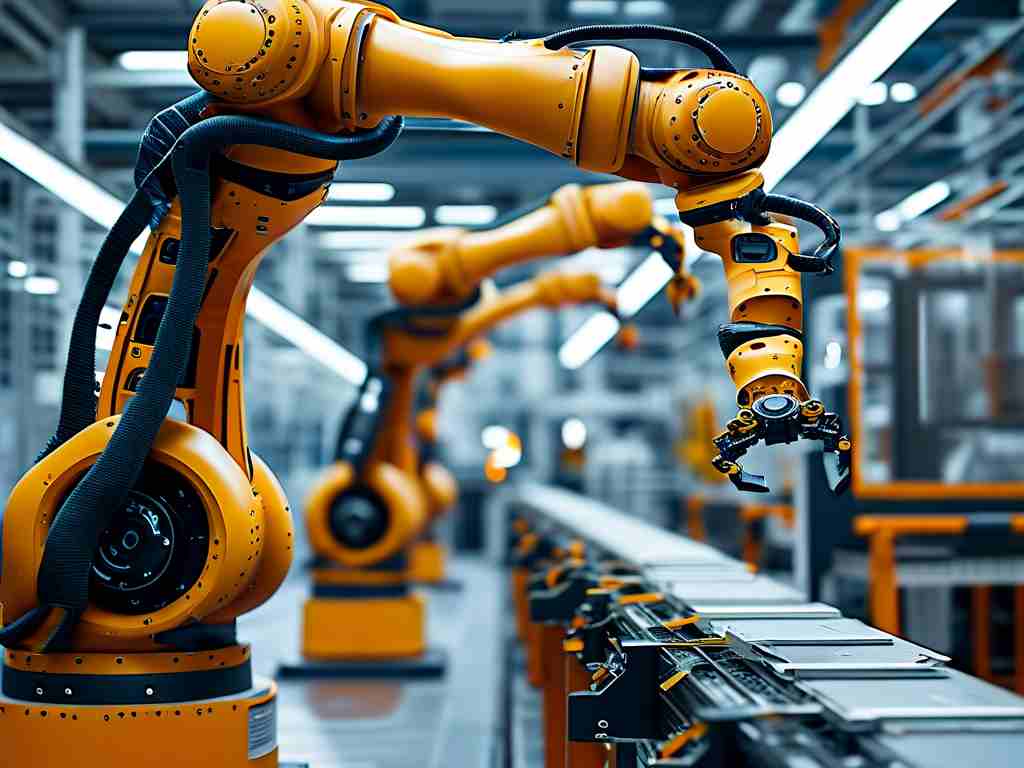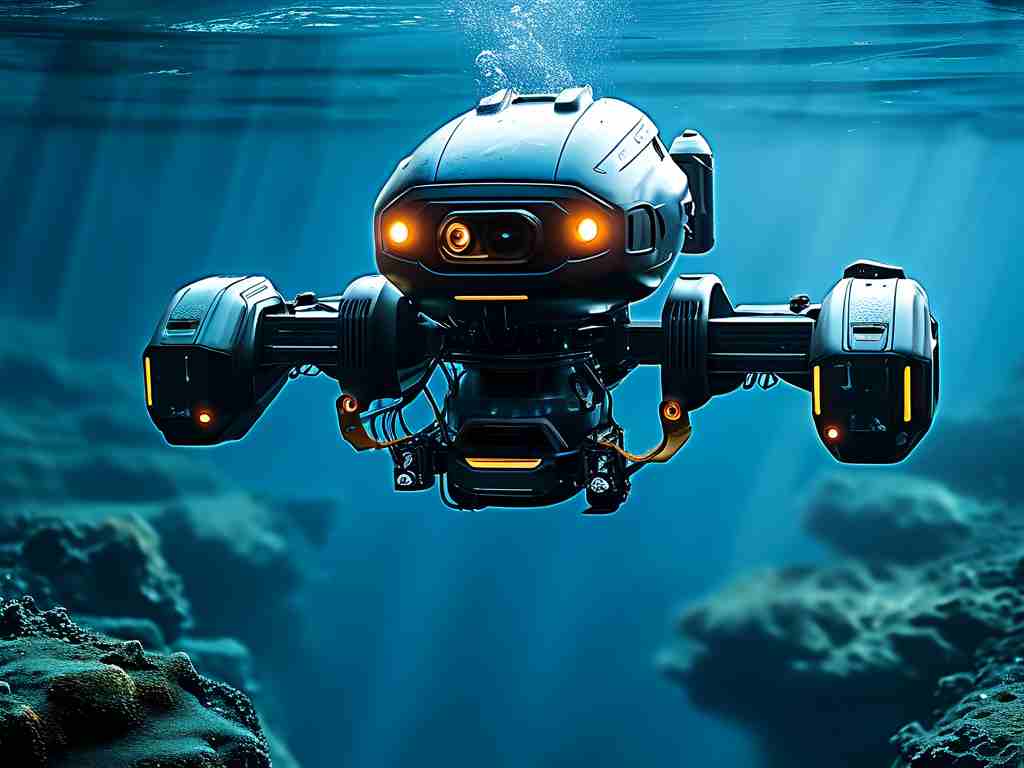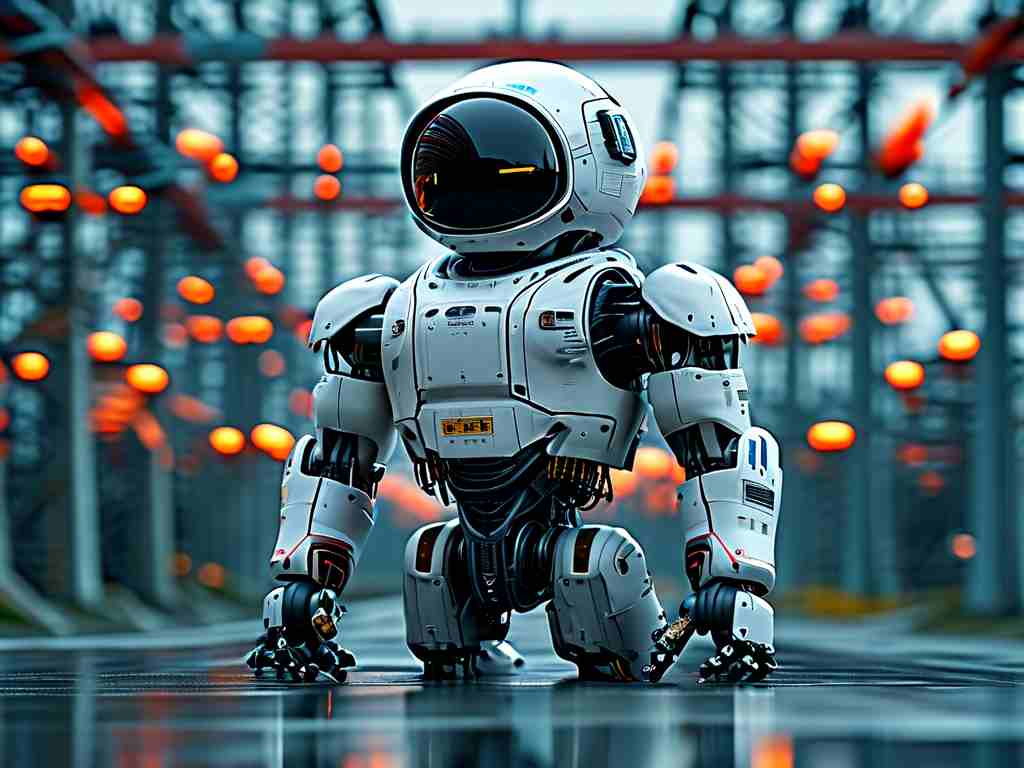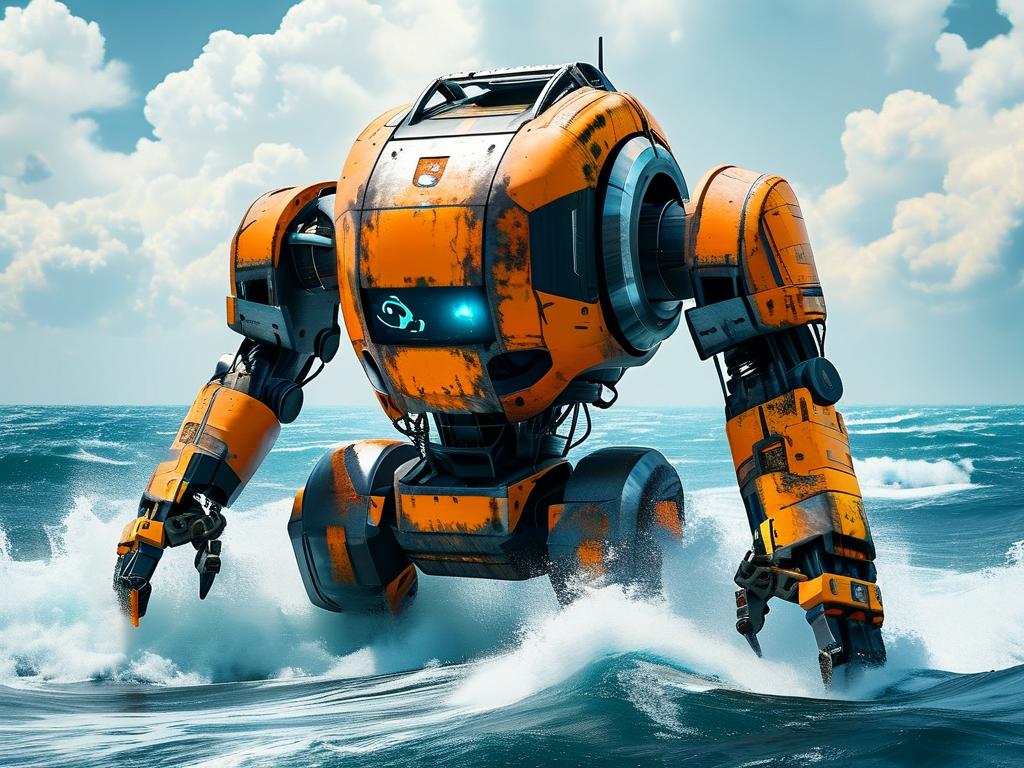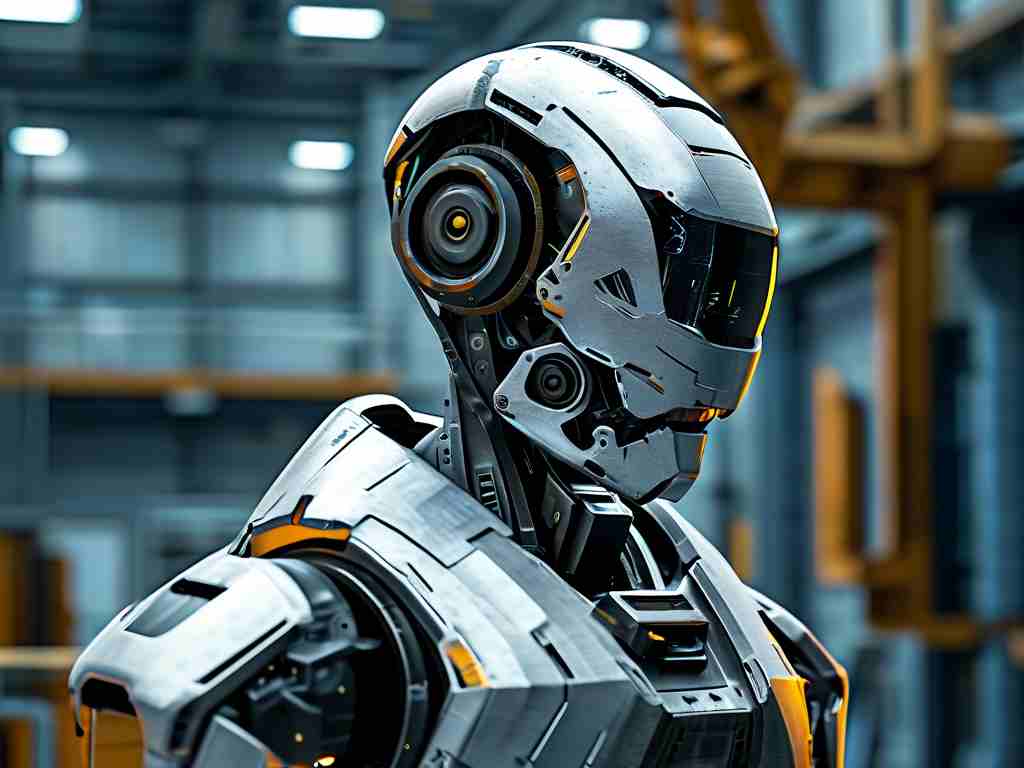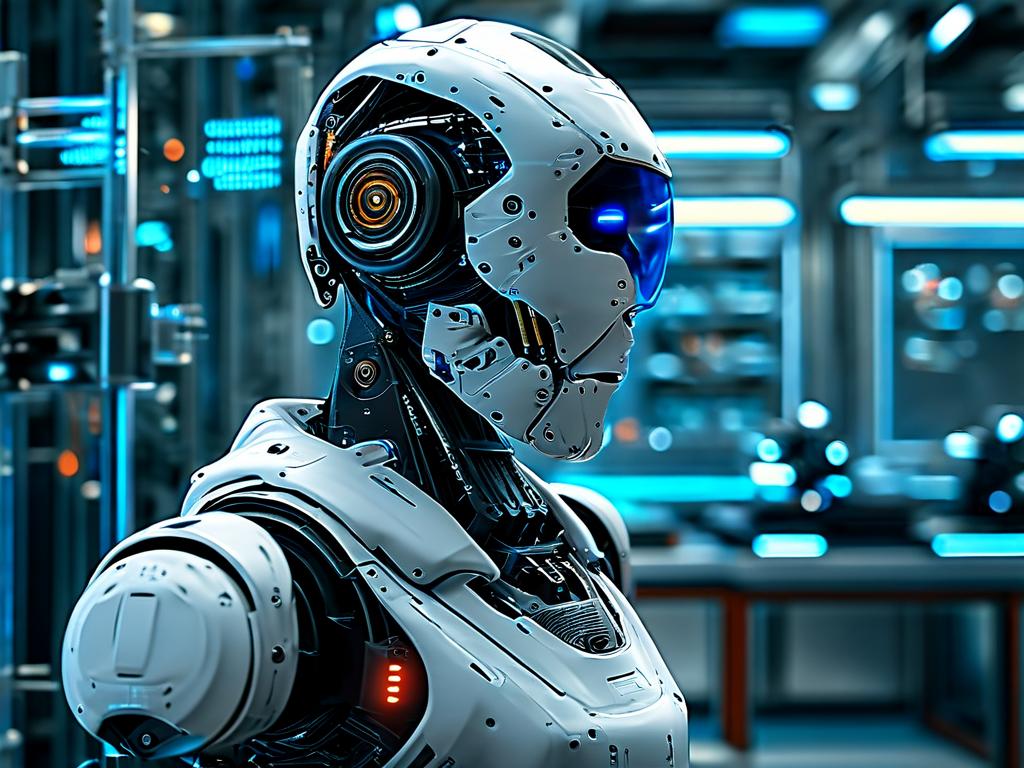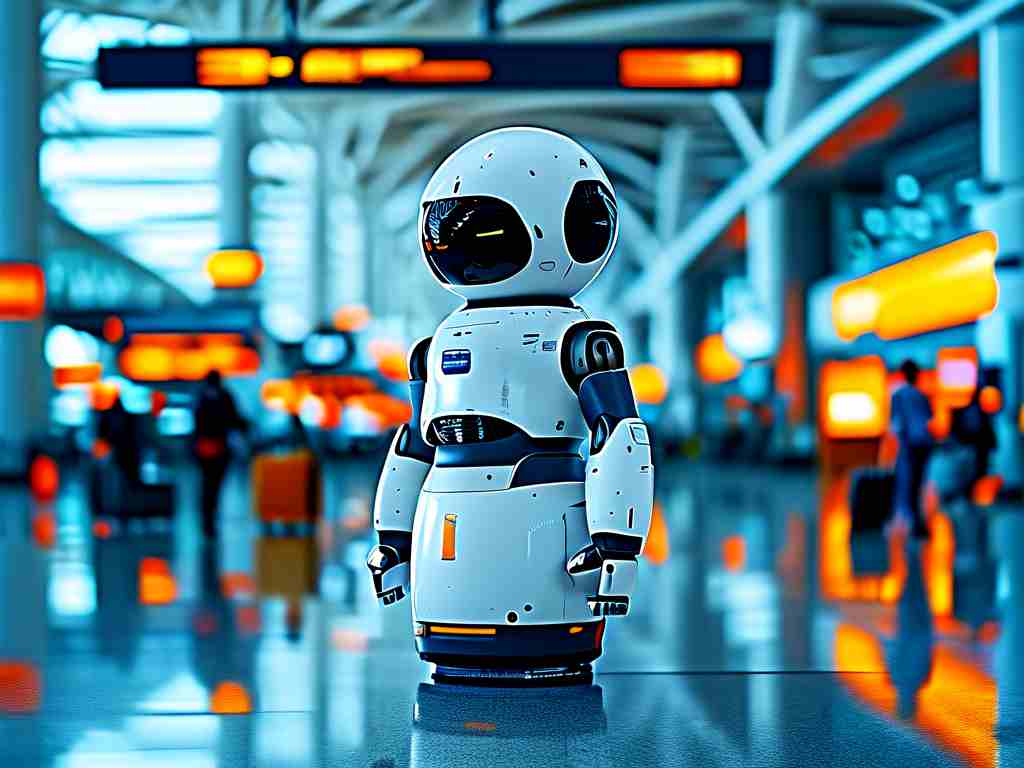Industrial robot technology represents a transformative force in modern manufacturing, blending mechanical engineering, computer science, and artificial intelligence to automate complex tasks. Unlike traditional machinery, industrial robots are programmable, multifunctional systems capable of executing precise operations with minimal human intervention. This article explores the foundational principles, applications, and future trends of this groundbreaking technology.
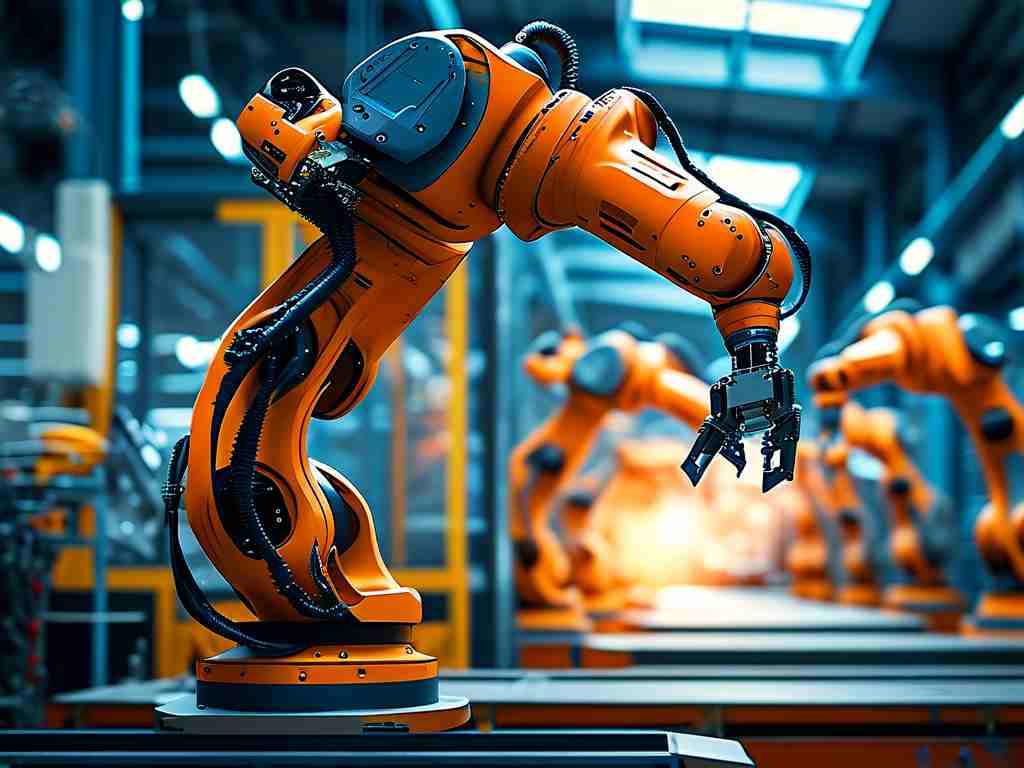
Defining Industrial Robot Technology
At its core, industrial robot technology involves the design and deployment of automated systems to perform repetitive or hazardous tasks in production environments. These robots typically consist of articulated arms, sensors, controllers, and end-effectors tailored to specific applications. The integration of advanced software allows them to adapt to dynamic workflows, making them indispensable in industries ranging from automotive assembly to electronics manufacturing.
Key Components and Functionality
A standard industrial robot system comprises three primary elements:
- Mechanical Structure: The physical framework, often an articulated arm with multiple joints, provides mobility and precision. Materials like aluminum alloys and carbon fiber ensure durability while minimizing weight.
- Control System: Embedded controllers and programming interfaces enable operators to define movement patterns, speed, and task sequences. Modern systems leverage real-time data processing for adaptive decision-making.
- Sensors and Actuators: Vision systems, force-torque sensors, and proximity detectors allow robots to interact with their environment. For example, a robot equipped with 3D vision can identify irregularly shaped objects on a conveyor belt.
Applications Across Industries
Industrial robots excel in scenarios requiring speed, accuracy, or endurance. In automotive plants, they handle welding, painting, and component assembly with micron-level precision. Electronics manufacturers deploy them for circuit board soldering and microchip placement, tasks impractical for human workers due to scale and complexity. Emerging applications include collaborative robots (cobots) that work alongside humans in logistics and healthcare, such as sorting packages or assisting in surgical procedures.
Advantages Over Traditional Methods
The adoption of industrial robots drives measurable improvements in productivity and safety. Automated systems operate continuously without fatigue, reducing production bottlenecks. A study by the International Federation of Robotics found that automotive manufacturers using robotic welding lines achieved a 25% increase in output quality. Additionally, robots mitigate workplace injuries by assuming high-risk roles like material handling in foundries or chemical plants.
Challenges and Limitations
Despite their benefits, industrial robots face barriers to widespread adoption. High initial costs—often exceeding $100,000 per unit—deter small and medium enterprises. Programming complexity also remains a hurdle; configuring a robot for a new task may require specialized expertise. Furthermore, current generations struggle with unstructured environments. While a robot can assemble a smartphone with flawless consistency, it cannot easily navigate a cluttered warehouse without extensive sensor integration.
Future Innovations
Next-generation industrial robots will likely emphasize adaptability and human-robot collaboration. Advances in machine learning enable systems to self-optimize through trial and error, reducing setup times. Researchers are also developing "soft robots" using flexible materials to handle delicate items like food products or biological samples. The integration of 5G connectivity will further enhance real-time coordination across distributed robotic networks, paving the way for fully autonomous factories.
Industrial robot technology continues to redefine the boundaries of automation, offering solutions to longstanding challenges in manufacturing and beyond. As innovations in AI, materials science, and connectivity converge, these systems will become more accessible, intelligent, and versatile. Organizations that strategically implement robotic automation today position themselves to lead in an increasingly competitive and technology-driven global economy.


